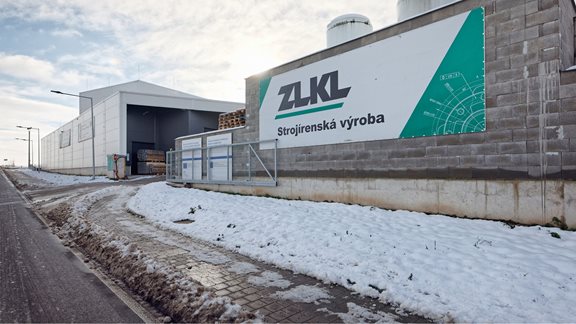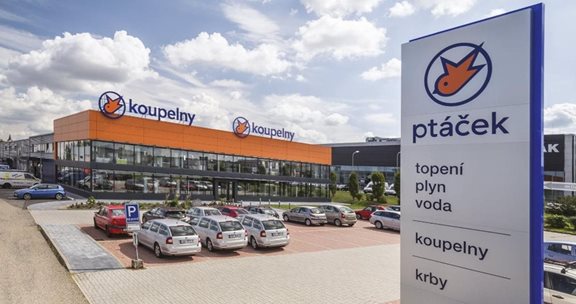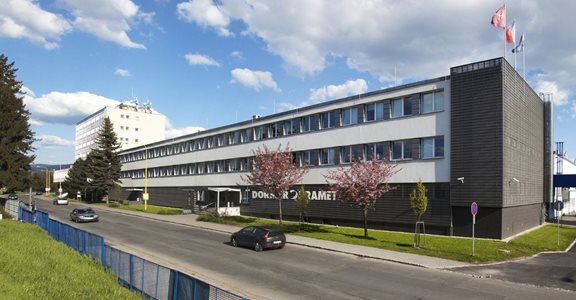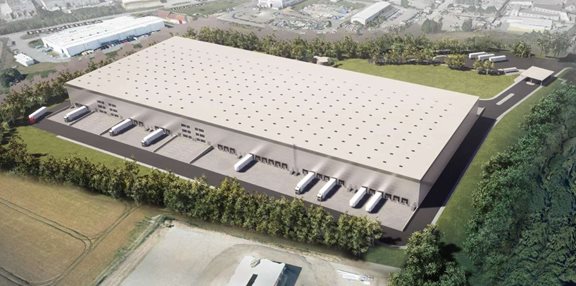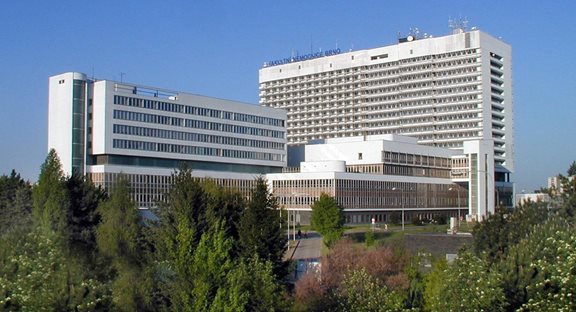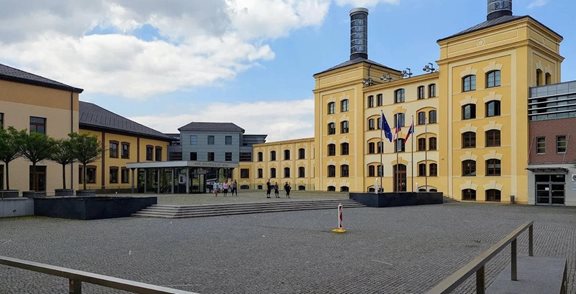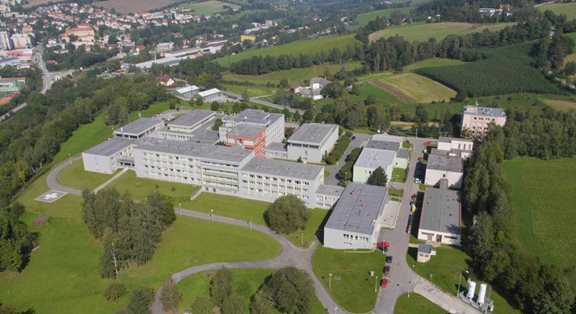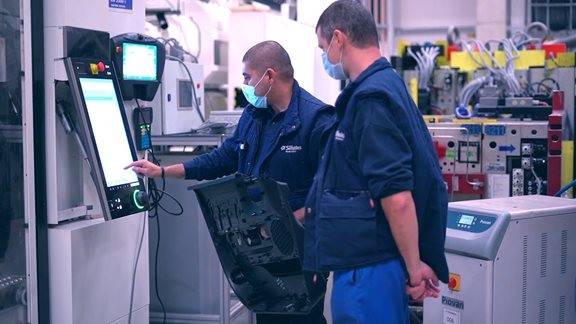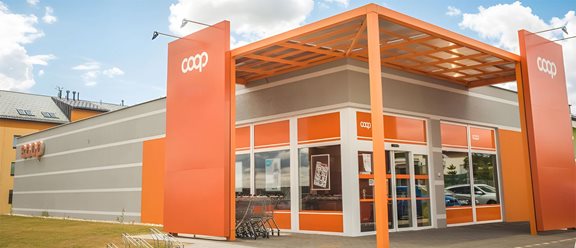Customer profile
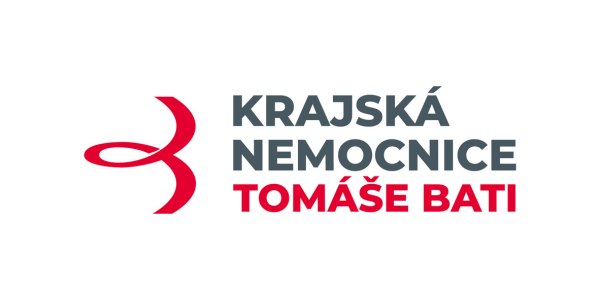
The upgrade of our network infrastructure, in partnership with Aricoma, has brought us significant improvements in the efficiency of our operational and medical systems, strengthening our operations and patient care. The collaboration with Aricoma has been professional and successful, and we are pleased to have achieved these results together.
Baseline and project objectives
As the volume of services provided and planned growth increased, it became apparent that the current network was inadequate for the high operational demands and could hinder further development of the care provided. The hospital decided to undertake a breakthrough project to technologically upgrade the network infrastructure as a whole. It was decided to replace all layers of the network and to implement an integrated management tool. Given the customer's earlier investment in HPE ARUBA infrastructure elements, which were tendered, the project focused on synergistic use of the Aruba ESP platform and building on this investment.
Benefits
- Everything is under warranty in high availability
- Unified central management
- Increased network performance
- Increase throughput by anywhere up to 2 orders of magnitude
- Compatibility with existing infrastructure
- Opportunity for future segmentation and NAC deployment
Strengthening the network core and data distribution
In order to achieve high operational resilience, it was crucial to duplicate previously acquired network core elements and put them into high availability mode. The original network core was extended and reinforced with additional identical pairs (8 HPE ARUBA 8360 elements in total). This increased network throughput and availability due to adequate redundancy even at the link level (100 Gbps speeds). This ensured operational security giving the required assurance that even in the event of a core failure, the network as a whole would still operate reliably and continue to support the delivery of high quality medical care.
The project also included distribution and TOR (Top of Rack) active elements necessary for proper data distribution and connection of key end devices, especially server infrastructure. The distribution elements optimize the data flow between the different parts of the hospital applications provided from these servers. TOR elements enable direct connection of key devices, increase network efficiency and reduce application latency.
An integral part of the project was also the elements of the access layer, where user devices such as computers, printers, telephones, technical hospital equipment and diagnostic devices are connected. Their equipment and configuration are essential for seamless connectivity and ensuring stable and secure data exchange, again supported by redundancy in the connection to the higher network layer. More active yet faster paths proportionally raises the throughput, which is supported by the robustness of the network core.
Aruba Central implementation and challenges during the pandemic
The COVID-19 pandemic brought unexpected challenges regarding the availability of network devices, regardless of the brand chosen. The lead time was longer than 1 year in places, causing significant project delays. In contrast, the actual implementation with Aruba Central took just 3 months. The collaboration between our team and the customer's team was crucial to the project, especially in planning for outages in the hospital's sub-operations where the end-items were being replaced. The physical installation of these elements was left to the customer's control - plug and play, which was possible thanks to the pre-prepared configuration and central management. However, despite these preparations, there were some minor problems that we solved together.
The customer's experience with the new infrastructure is clearly positive. The stability, reliability and high throughput of the entire network have brought a number of benefits, in particular an increase in both availability and transmission speed. Equally important is the possibility of complete central management, facilitating network administration and operational monitoring. This project also expanded the possibilities for further network segmentation and created the prerequisites for the implementation of Network Access Control (NAC) for controlled access of end devices and users to the network, again using the tools and services of the Aruba ESP platform (Central and Clearpass).
Used technologies
- HPE Aruba CORE elements
- HPE Aruba distribution and TOR active elements
- HPE Aruba ACCESS elements
- Aruba Central Management
DO NOT HESITATE TO
CONTACT US
Are you interested in more information or an offer for your specific situation?




